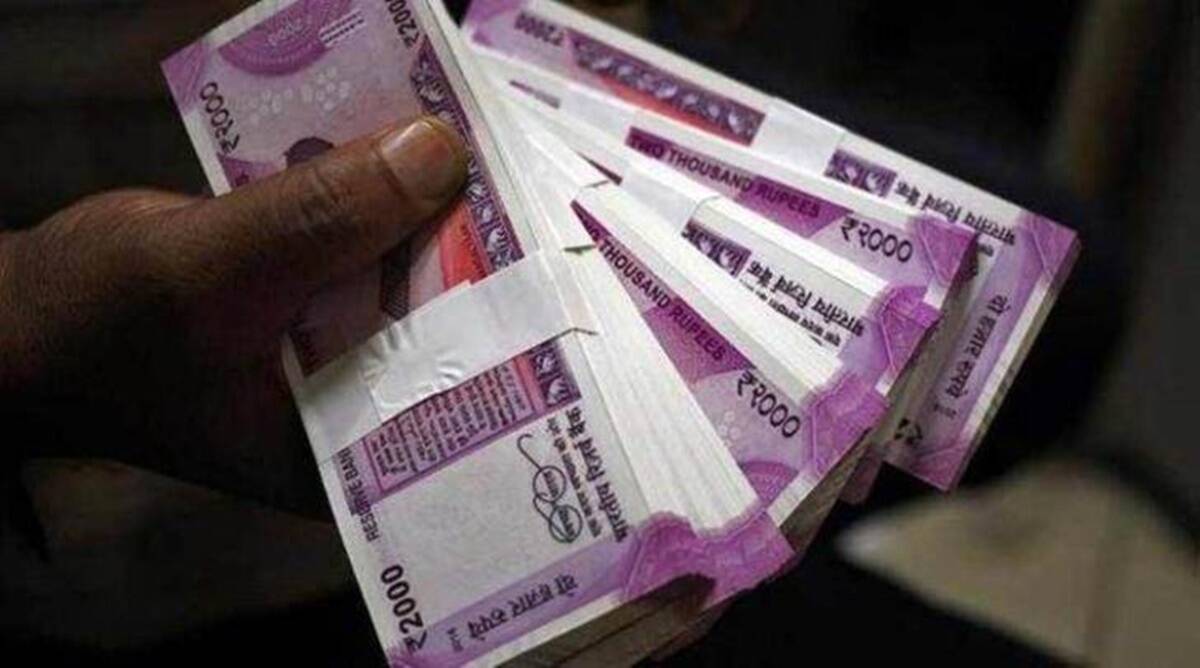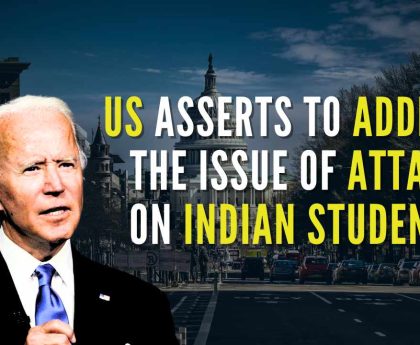The Reserve Bank of India’s (RBI) recent decision to withdraw ₹2000 notes from circulation has sparked widespread discussions and debates across the country. This move aims to address the issue of corruption, particularly in Andhra Pradesh. In this article, we will delve into the objectives of the RBI’s decision, analyze its impact on corruption, explore the challenges it faces, and assess the effectiveness of this strategy. Furthermore, we will examine public sentiment, the role of digital transactions, and discuss potential future implications and benefits.
- Background of RBI’s Decision to Pull Out ₹2000 Notes:
- Objectives of the RBI’s Move:
- Impact on Corruption in Andhra Pradesh:
- Challenges and Criticisms:
- Analysis of the Decision’s Effectiveness:
- Public Response and Sentiment:
- The Role of Digital Transactions:
- Future Implications and Potential Benefits:
- Conclusion:
- FAQ
- How will the withdrawal of ₹2000 notes curb corruption?
- What are the main challenges associated with this decision?
- How can digital transactions contribute to reducing corruption?
- What are the potential benefits of this move in the long term?
- Alternative solutions may involve a combination of stricter regulations, enhanced law enforcement, and promoting ethical financial practices.
Background of RBI’s Decision to Pull Out ₹2000 Notes:
The ₹2000 note was introduced in 2016 as part of the government’s demonetization exercise, aiming to curb black money and counterfeit currency. However, over time, concerns have arisen regarding the ease with which these high-value notes facilitate corrupt practices. In response to these concerns, the RBI has taken a bold step to address the issue directly.
Objectives of the RBI’s Move:
The primary objective of the RBI’s decision is to check corruption in Andhra Pradesh. By withdrawing the ₹2000 notes, the government aims to disrupt the flow of illicit funds, which often fuel corrupt activities. This move also intends to create a deterrent effect, discouraging individuals from engaging in corrupt practices due to the increased difficulty in hoarding and using high-value currency.
Impact on Corruption in Andhra Pradesh:
The withdrawal of ₹2000 notes is expected to have a significant impact on the corruption landscape in Andhra Pradesh. This move will disrupt established networks that rely on the circulation of large denominations for bribery and illicit transactions. With the decreased availability of high-value currency, corrupt individuals will face greater challenges in carrying out their illegal activities.
Challenges and Criticisms:
Although the RBI’s decision is well-intentioned, it is not without its challenges and criticisms. Some argue that corrupt individuals will simply find alternative ways to carry out their illegal activities, such as using smaller denominations or resorting to digital transactions. Critics also raise concerns about the potential inconvenience caused to the general public and the need for adequate replacement currency in circulation.
Analysis of the Decision’s Effectiveness:
To assess the effectiveness of the RBI’s move, we must closely monitor the changes in corruption levels in Andhra Pradesh. While it may be challenging to directly measure the impact, indicators such as reduced incidents of bribery and the decline in unaccounted cash flow can provide insights. Continuous evaluation and adaptations to the strategy may be necessary to achieve the desired results.
Public Response and Sentiment:
Public response to the RBI’s decision has been mixed. While many people support the move and believe it will help combat corruption, others express concerns about potential inconveniences and the need for alternative solutions. It is crucial for the government and the RBI to communicate effectively with the public, addressing their concerns and emphasizing the long-term benefits of this decision.
The Role of Digital Transactions:
With the withdrawal of ₹2000 notes, the promotion of digital transactions becomes crucial. Encouraging the use of online payments, mobile wallets, and other cashless alternatives can contribute to reducing corruption by creating a transparent and traceable financial ecosystem. It is essential to educate the public about the benefits and safety measures associated with digital transactions.
Future Implications and Potential Benefits:
The RBI’s decision to pull out ₹2000 notes can have long-lasting implications. In addition to curbing corruption, it can foster financial inclusion, promote a digital economy, and strengthen the overall integrity of the financial system. The move may also encourage individuals to adopt legal and ethical means of conducting financial transactions.
Conclusion:
The RBI’s decision to withdraw ₹2000 notes is a significant step towards curbing corruption, particularly in Andhra Pradesh. By disrupting established networks and making it harder for individuals to engage in corrupt activities, this move has the potential to create a more transparent and accountable financial ecosystem. However, challenges and criticisms must be addressed, and the role of digital transactions should be emphasized for long-term success.
FAQ
How will the withdrawal of ₹2000 notes curb corruption?
The withdrawal of ₹2000 notes disrupts the flow of illicit funds and makes it harder for individuals to engage in corrupt activities, acting as a deterrent.
What are the main challenges associated with this decision?
Challenges include finding alternative ways to carry out corruption, potential inconvenience to the public, and ensuring an adequate replacement currency supply.
How can digital transactions contribute to reducing corruption?
Digital transactions provide transparency and traceability, making it harder for corrupt individuals to hide their financial activities.
What are the potential benefits of this move in the long term?
Long-term benefits include fostering financial inclusion, promoting a digital economy, and strengthening the integrity of the financial system.
Alternative solutions may involve a combination of stricter regulations, enhanced law enforcement, and promoting ethical financial practices.
Alternative solutions may involve a combination of stricter regulations, enhanced law enforcement, and promoting ethical financial practices.




